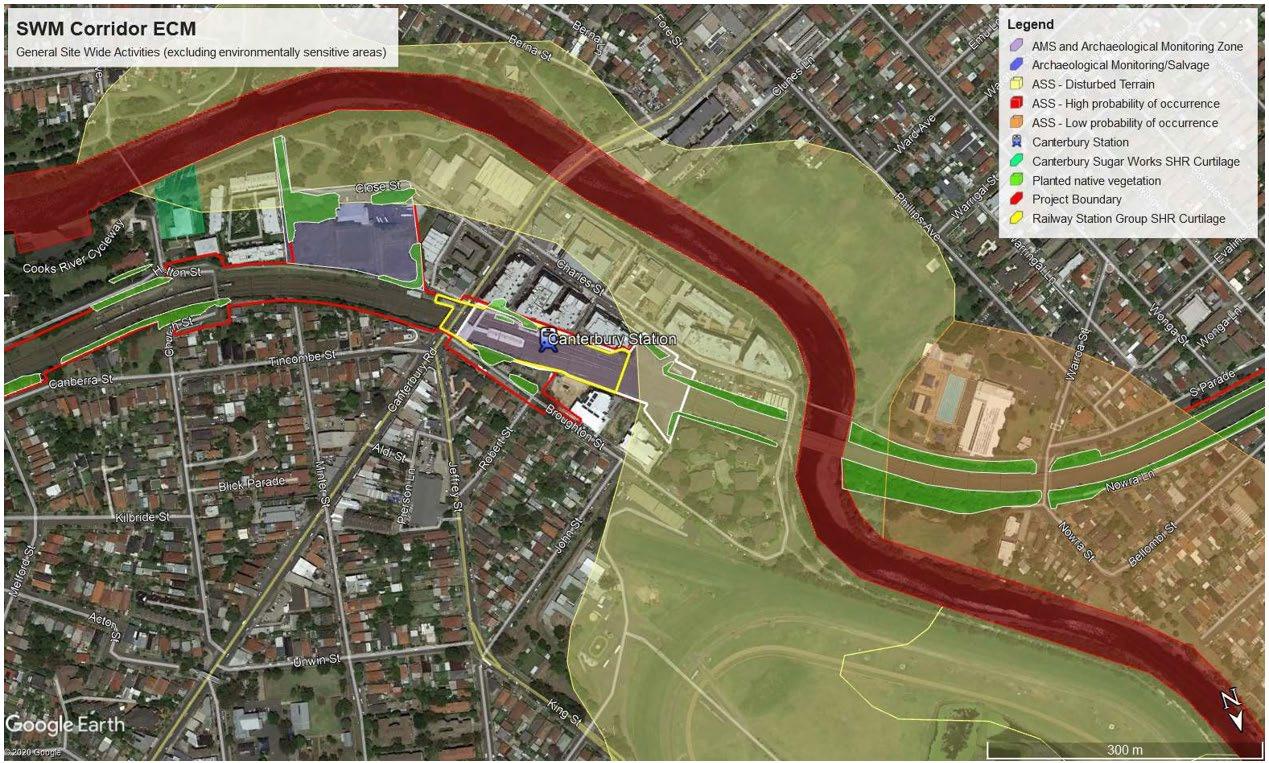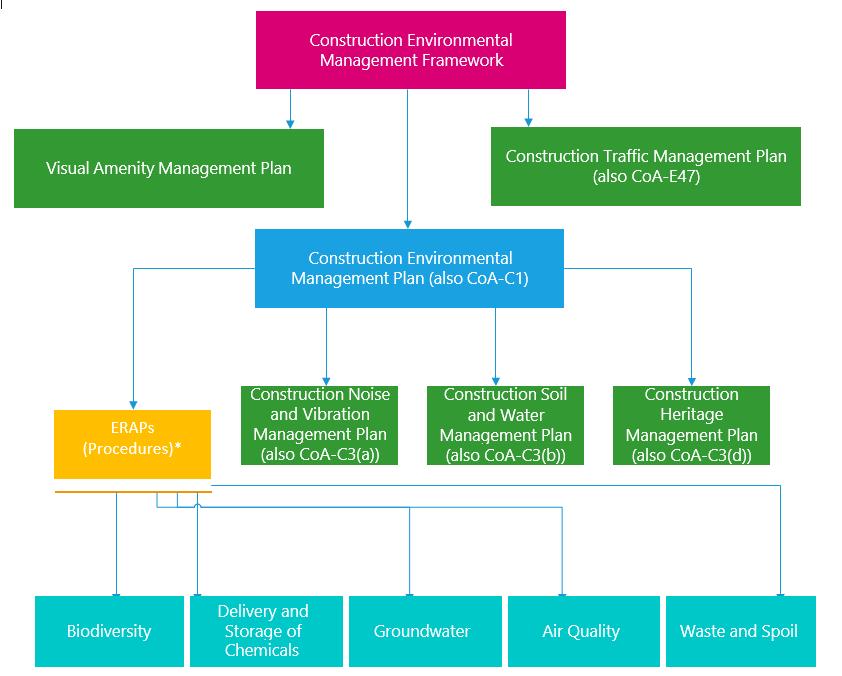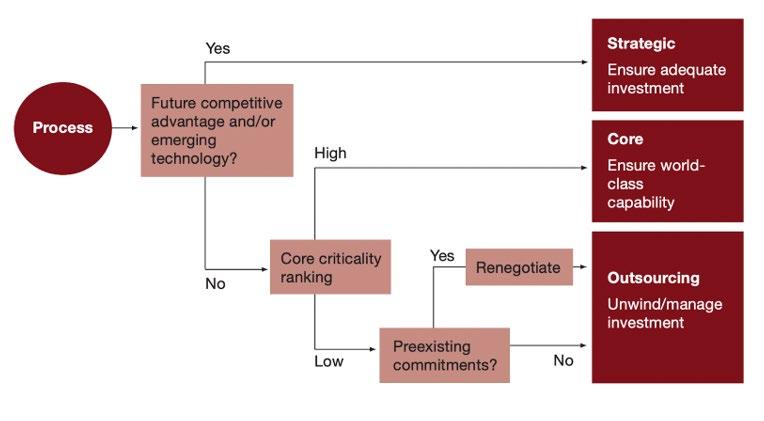
2 minute read
Table 21: Financial value for money comparison
The scope involves design, supply and installation of the lifts and escalators equipment for the Project including 70 lifts and 130 escalators.
● Building and Management Control System (BMCS)
It involves design, supply, installing test and commission the BMCS forming part of each Foundation Infrastructure Works.
9.5.1.2 Evaluation on Delivery Method
The delivery method selected in Sydney Metro Project is PPP and D&C delivery method.
● Public Private Partnerships (PPP)---The relationship between head contractor and the Government
Investopedia (2021) states that public-private partnerships involve collaboration between a government agency and a private-sector company that can be used to finance, build, and operate projects, such as public transportation networks, which give some edges on project delivery. It allows large-scale government projects to be completed with private funding, technology and innovation of public sector, enabling the project to be completed on time and within budget.
As for the Sydney Metro Project, OTS2 PPP will be determined as the main contract type for TSOM package. In this procurement management plan, another delivery strategy alternative to OTS2 PPP was used by Sydney Metro as the ultimate quantitative value for money test (Table21).
Table 21: Financial value for money comparison
The financial value for money analysis of the OTS2 PPP at financial indicates a forecast saving of $185.7m in NPC. ● Design and Construct---the relationship between head contractor and subcontractors
The contract is awarded to a private partner to both design and build a facility or a piece of infrastructure that delivers the performance specification in the PPP contract. This type of
partnership can reduce time, save money, provide stronger guarantees (as the work is with a single entity rather than a consortium) and allocate additional project risk to the private sector.
Cost of Tendering
According to Roads Australia (2017), 52% of infrastructure projects examined in a survey were tendered under a design & construct model, of which 20 D&C projects examined as part of the survey and three of them were international projects.
Some common features of Design & Construct can be summarised and illustrated below:
https://www.roads.org.au/Policy/Capacity/Presentations-and-reports
As the main characteristics can be seen above, it can be argued that D&C contract has an advantage in terms of tender cost as client or head contractor needs to compensate the sellers. Therefore, D&C is suitable for the infrastructure project to a large extent when encountering the problem of contract type selection.
Comprehensive Factors
Additionally, a series of factors required to be taken into account in scope management such as time, cost, quality and risk can be identified as evaluation criteria assisting Sydney Metro Project Management team to decide which contract type should be chosen.









